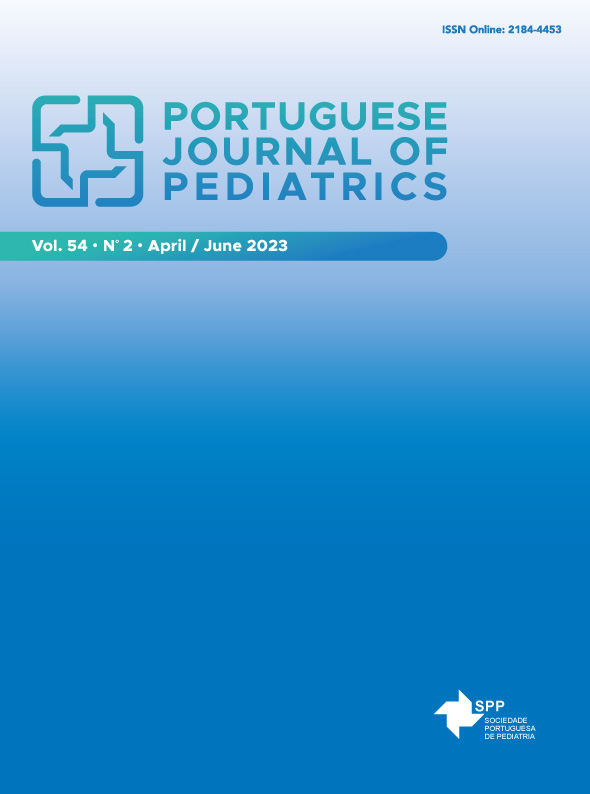Nutritional Risk Screening in Children with Cerebral Palsy
DOI:
https://doi.org/10.25754/pjp.2023.26253Abstract
Introduction: Validated and practical tools for nutritional risk screening are essential for the early recognition of children who would benefit from a complete nutritional assessment and subsequent nutritional interventions. In this regard, this study aimed to apply different nutritional risk screening tools for children with cerebral palsy and recognize the most appropriate tool.
Methods: In total, 30 children with cerebral palsy were involved in this cross-sectional study, from two Azores islands (where 60% of the total population live, in the Azores), Portugal. Children were assisted at a level III hospital unit and at the local cerebral palsy association. Clinical, sociodemographic, and anthropometric data were collected, and five nutritional risk screening tools were indirectly applied: screening tool for risk on nutritional status and growth, screening tool developed by Bell, cerebral palsy-malnutrition screening tool, screening tool developed by Bushell, and malnutrition risk score. Moreover, as a comparative method to define the most appropriate tool, two nutritional status classification instruments were applied (developed by World Health Organization and subjective global nutrition assessment).
Results: The screening tool for risk on nutritional status and growth showed high sensitivity and no specificity. Similarly, the screening tool developed by Bushell and cerebral palsy-malnutrition screening tool had high sensitivity and low specificity. The screening tool developed by Bell revealed high specificity and low sensitivity. The malnutrition risk score tool showed high sensitivity (> 87%) and specificity (> 71%) as well as the highest positive and negative predictive values (77.8% and > 83%, respectively) and also a kappa statistic value higher than 0.59.
Conclusion: Based on the results, malnutrition risk score seems to be the most appropriate tool for nutritional risk screening in children with cerebral palsy.
Downloads
Downloads
Published
Issue
Section
License

This work is licensed under a Creative Commons Attribution-NonCommercial-NoDerivatives 4.0 International License.









